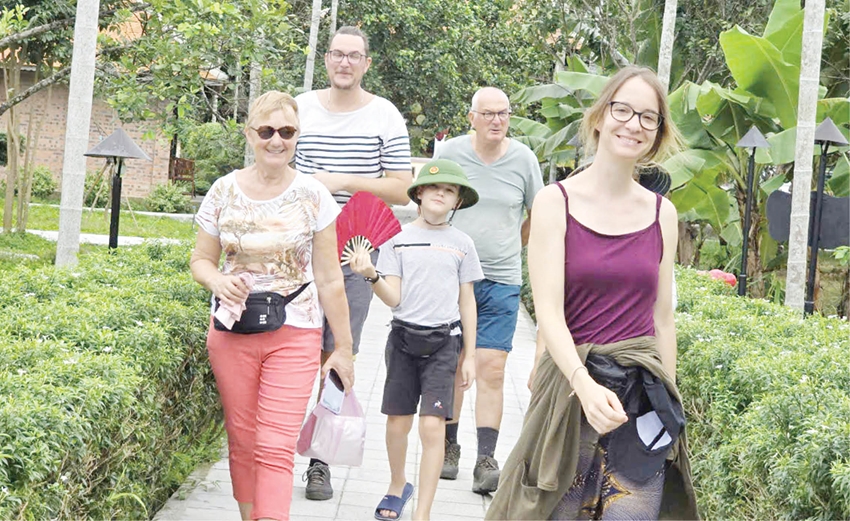 |
| Foreign tourists visit Hue garden house |
By many different ways, exploiting the tourism potential of garden houses has been creating a source of income as well as stable jobs for many people, contributing to preserving and promoting the strengths of garden houses in Hue City. However, despite much support from functional agencies, many garden houses in Hue are still "closed off", not interested in welcoming visitors.
"Capital" of gardens
Hue garden houses began to appear in the 17th century under the Nguyen Lords, most concentrated in the following localities: Kim Long, Thuy Bieu, Vy Da, Huong Vinh... Among them, Kim Long is considered the place with the most typical traditional garden houses in Hue. Up to now, in the area there are dozens of famous garden houses of household owners, such as Mrs. Nguyen Thi Ngo, Mr. Doan Kim Khanh, Mr. Le Luong... After Kim Long is Thuy Bieu with garden owners: Ho Xuan Doanh, Dang Phi Hung, Ho Xuan Dai... Vy Da area also has typical traditional garden houses, such as: Tuy Ly Vuong worshiping palace, Mrs. Cao Thi Dam, Mr. Vinh Thap... Along with being a place to worship ancestors and live, recently many garden houses in Hue have promoted their economic value by welcoming visitors and developing eco-tourism.
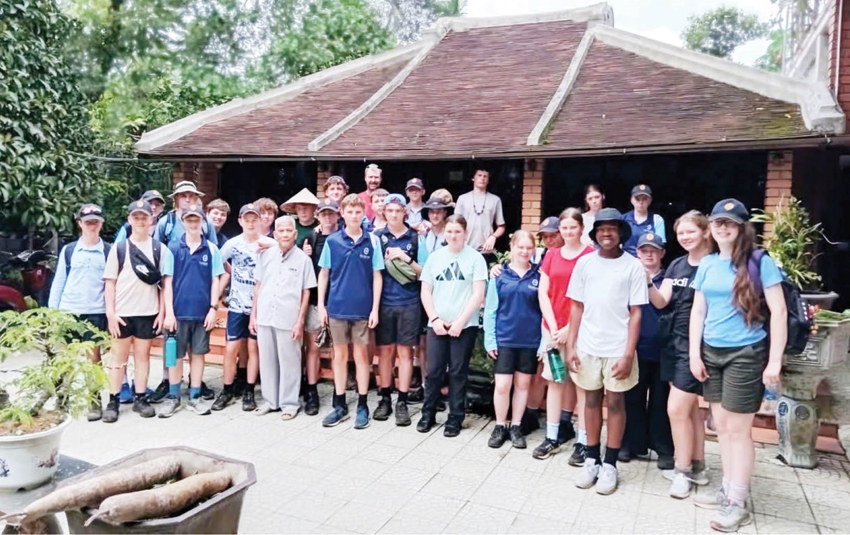 |
| Tourists come to visit and take souvenir photos with the owner of Ho Xuan Dai garden in Thuy Bieu |
Mr. Ho Xuan Dai's garden house located at No. 12, Alley 22, Thanh Nghi Street (Thuy Bieu) is a typical example. With an area of 1,125m2, the 1-room, 2-wing house is located in the center of the garden, bearing the bold characteristics of Hue's traditional house architecture. Since 2012, when the tourism economy began to develop, Mr. Dai boldly put his garden house into service to welcome visitors. This model has promoted its value as the number of visitors coming to visit and enjoy the services has increased, contributing to promoting the unique values of Hue's garden houses.
Mr. Ho Xuan Dai said that currently, during peak months, his family welcomes about 10 groups of guests, ranging from 20 to 50 guests to visit, experience cycling services, make sesame candy, soak their feet with herbs and enjoy Hue cuisine. Although the income from this type of service is not high, exploiting tourism from "garden" products has brought joy, created stable jobs for many people as well as promoted Hue's cultural values to domestic and foreign tourists. "In the near future, the family will continue to invest in renovating the garden house, building homestay services, connecting tours to create a community ecosystem to exploit night tours, experiencing the lifestyle of people in craft villages around the area", Mr. Dai shared.
In Thuy Bieu ward, besides Mr. Ho Xuan Dai's garden house, there are also a number of garden houses and businesses investing in upgrading and improving infrastructure to welcome tourists. Located at 2 Luong Quan (Thuy Bieu), with the advantage of being in the middle of a pomelo garden of more than 20 hectares, next to the poetic Huong River and famous craft villages of Hue such as Thuy Xuan incense, Phuong Duc bronze casting..., Hue Ecolodge resort is considered an ideal destination for tourists with eco-tourism. After the project to upgrade Bui Thi Xuan street and expand Long Tho bridge was completed, this tourist area became more "attractive" so the business continued to invest and improve the infrastructure to increase the number of rooms to meet the increasing needs of tourists. Currently, Hue Ecolodge has more than 50 accommodation rooms along with restaurants and additional services with a room occupancy rate of up to 65 - 80%.
Untapped potential
According to the Chairman of Thuy Bieu Ward People's Committee, Mr. Vo Dang Thai, along with the potential and advantages of the garden, in recent times, many enterprises have invested in building large-scale tourist areas and homestays to provide tourism services, such as Hue Ecolodge Resort, Hue Riverside Boutique Resort & Spa, etc., contributing to job creation, destination promotion and demand stimulation for local tourism services. However, enterprises and private households have not yet fully exploited the potential and advantages; some gardeners have large, beautiful gardens that are regularly visited by groups of visitors, but are still not "interested" in developing the eco-tourism model.
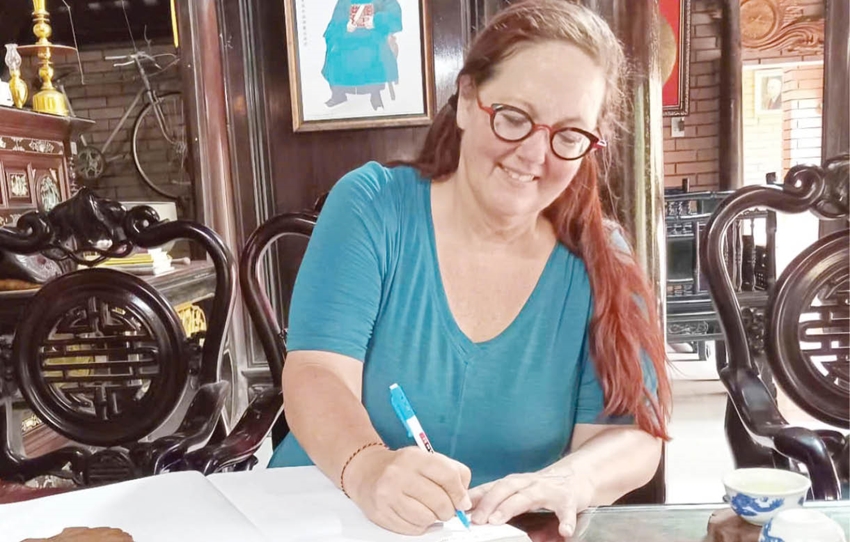 |
| Foreign tourists leave their impressions after visiting Mr. Ho Xuan Dai's garden house |
Currently, the traffic infrastructure connecting to tourist areas and Thuy Bieu garden houses has been invested synchronously. In the coming time, the ward will continue to create conditions as well as call for businesses to invest in local tourism, creating an eco-tourism chain to promote advantages, share tourist resources to develop commensurate with the inherent potential.
Kim Long currently has about 60 ancient houses that still retain their traditional architecture with large gardens and many types of fruit trees such as strawberries, pomelos, mangosteens, etc. However, many addresses, despite their unique architecture and large gardens, are not interested in developing tourism because most of the owners are old. Some other houses are in disrepair, and in addition to the characteristic of most Hue people not wanting "strangers" to enter the ancestral worship space, garden house tourism has not yet been able to "open".
Mr. Le Chanh Tuan (Kim Long ward), the 10th generation descendant of General Le Van Duyet, because he loves his family's traditional house so much, spent 130 million VND to renovate and repair the house to worship his ancestors. Thanks to that, this 3-room, 2-wing house still retains the typical features of Hue's traditional architecture. Although the garden house has been renovated and renovated, when asked about the direction of eco-tourism development, Mr. Tuan shared: "The house is a place to worship ancestors, a place to preserve many historical values of our ancestors and is also a private place for the family, so we do not want tourists to come inside."
Opening of “Living Museums”
With the desire to improve infrastructure to stimulate tourism, Hue City has recently invested in upgrading the cement concrete road surface along both sides of the Lap River embankment, Phu Mong Street and alley 104 Kim Long; implementing the project to upgrade and expand Long Tho Bridge and Bui Thi Xuan Street to stimulate tourism at two clusters of typical garden houses in Kim Long and Thuy Bieu. However, because the garden house system here has not been renovated for a long time, is degraded, along with the "reluctance" to open to welcome visitors, garden house tourism is still in the "afternoon market" situation.
According to Dr. Tran Dinh Hang, Director of the Vietnam National Institute of Culture and Arts in Hue, Hue is the capital city, so it has many ancient garden houses and wooden houses. Over many generations, Hue garden houses mainly serve the function of worshipping ancestors and have not fully exploited their tourism potential. Because of the importance of the function of worshipping ancestors, many garden houses do not allow tourists to visit, partly because some garden houses have changed owners, partly because they are degraded and most of the owners are old and are not interested in doing business. To exploit the potential and advantages of eco-tourism from Hue garden houses, the province and city need to invest in restoration funds, and at the same time call on businesses to "join hands" with garden house owners to create a model of tourism development linkage right in the "garden" capital of Hue.
Mr. Hang emphasized that, along with the restoration, it is necessary to promote the space of Hue garden houses, to open the curtain for tourists to explore and observe to see the ritual life, culinary flavors, and behavioral style of Hue people, which is the source of family culture and if we talk about exploring Hue as a cultural sub-region, it is a living museum of Hue. Therefore, it is time to open the "living museum" for tourists to step in and explore the source of family and clan culture... and this is the source that supplements landscape tourism to retain tourists, help tourists stay in Hue longer as well as exploit the potential and strengths of Hue garden house tourism.
(To be continued)
Source: https://baothuathienhue.vn/du-lich/mo-cua-cho-cac-bao-tang-song-cua-hue-ky-1-nha-vuon-hue-van-kin-cong-cao-tuong-148902.html





![[Photo] Top players gather at the 2025 Nhan Dan Newspaper National Table Tennis Championship](https://vphoto.vietnam.vn/thumb/1200x675/vietnam/resource/IMAGE/2025/5/23/9ad5f6f4faf146b08335e5c446edb107)
![[Photo] Anh Hoang - Dinh Duc successfully defended the men's doubles championship of the National Table Tennis Championship of Nhan Dan Newspaper](https://vphoto.vietnam.vn/thumb/1200x675/vietnam/resource/IMAGE/2025/5/23/d6ab3bcac02c49928b38c729d795cac6)
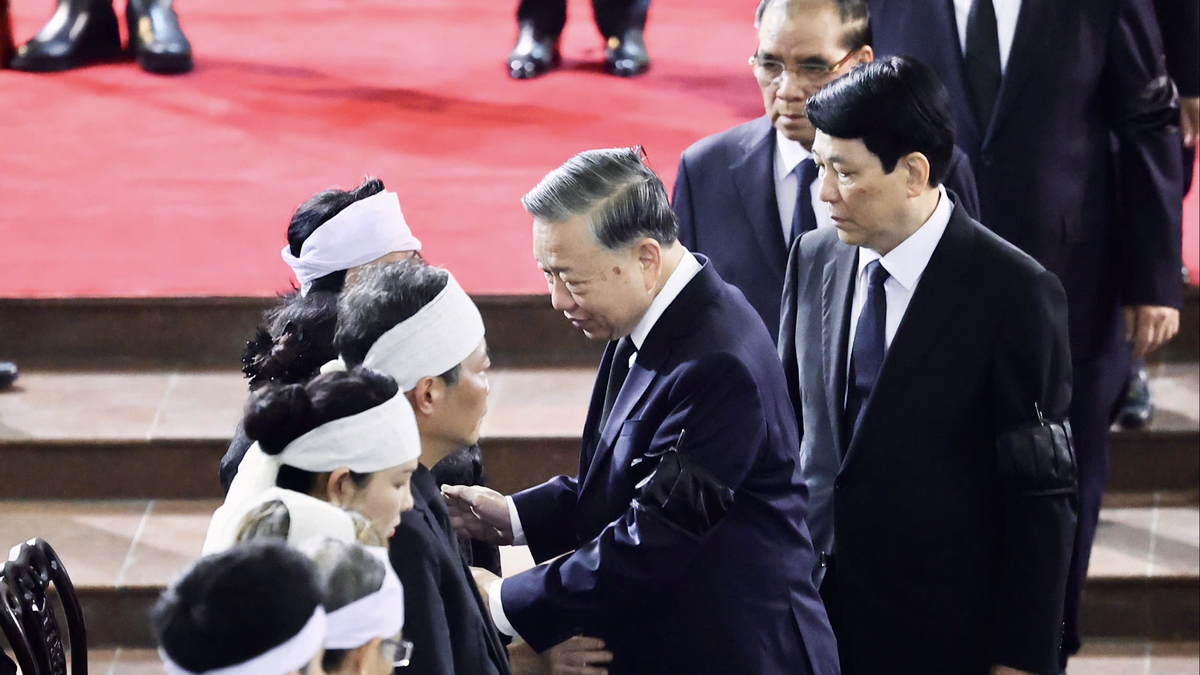
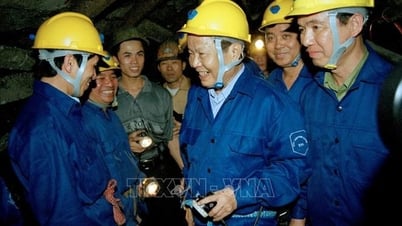



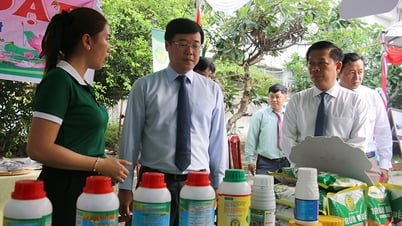
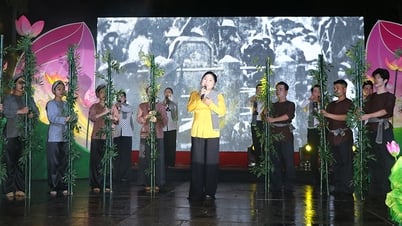





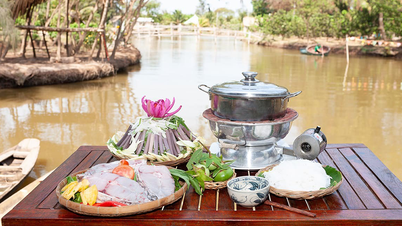
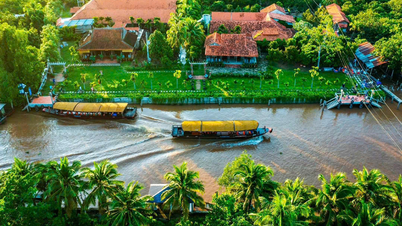
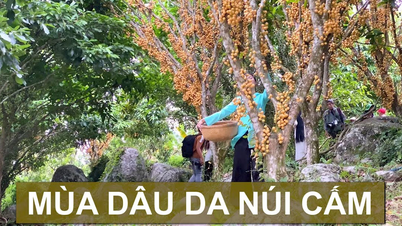
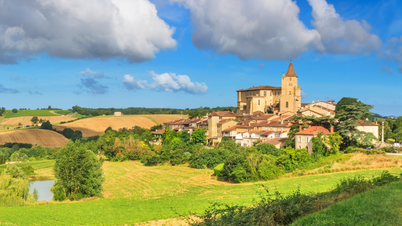
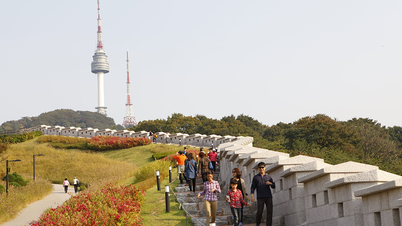




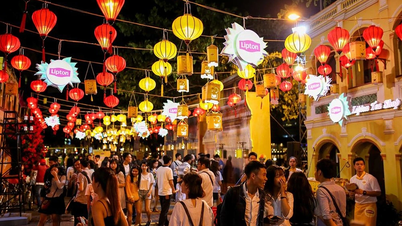

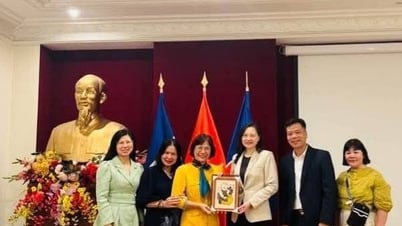

























![[Photo] The Central Party Executive Committee delegation visits former President Tran Duc Luong](https://vphoto.vietnam.vn/thumb/402x226/vietnam/resource/IMAGE/2025/5/24/32f67673454445aab0f1f2af331cb170)
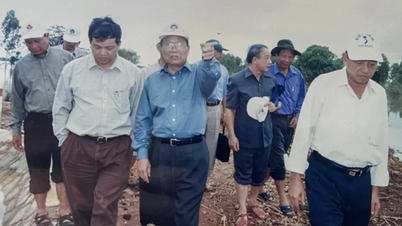

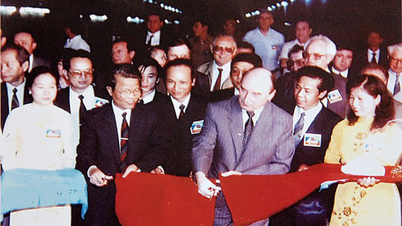


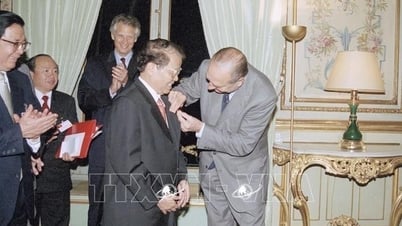










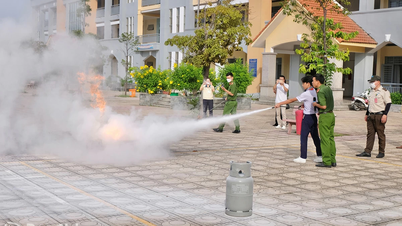

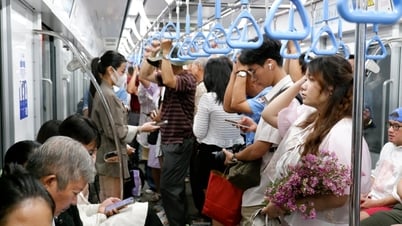

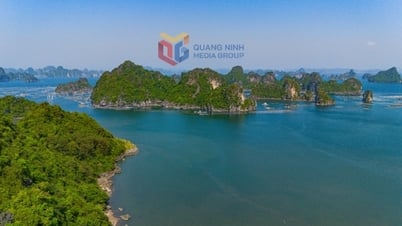

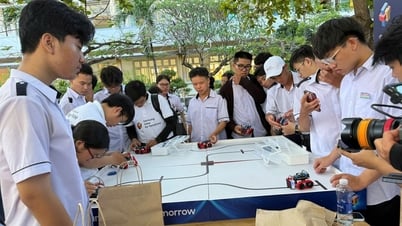



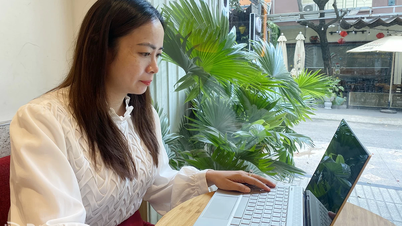











Comment (0)